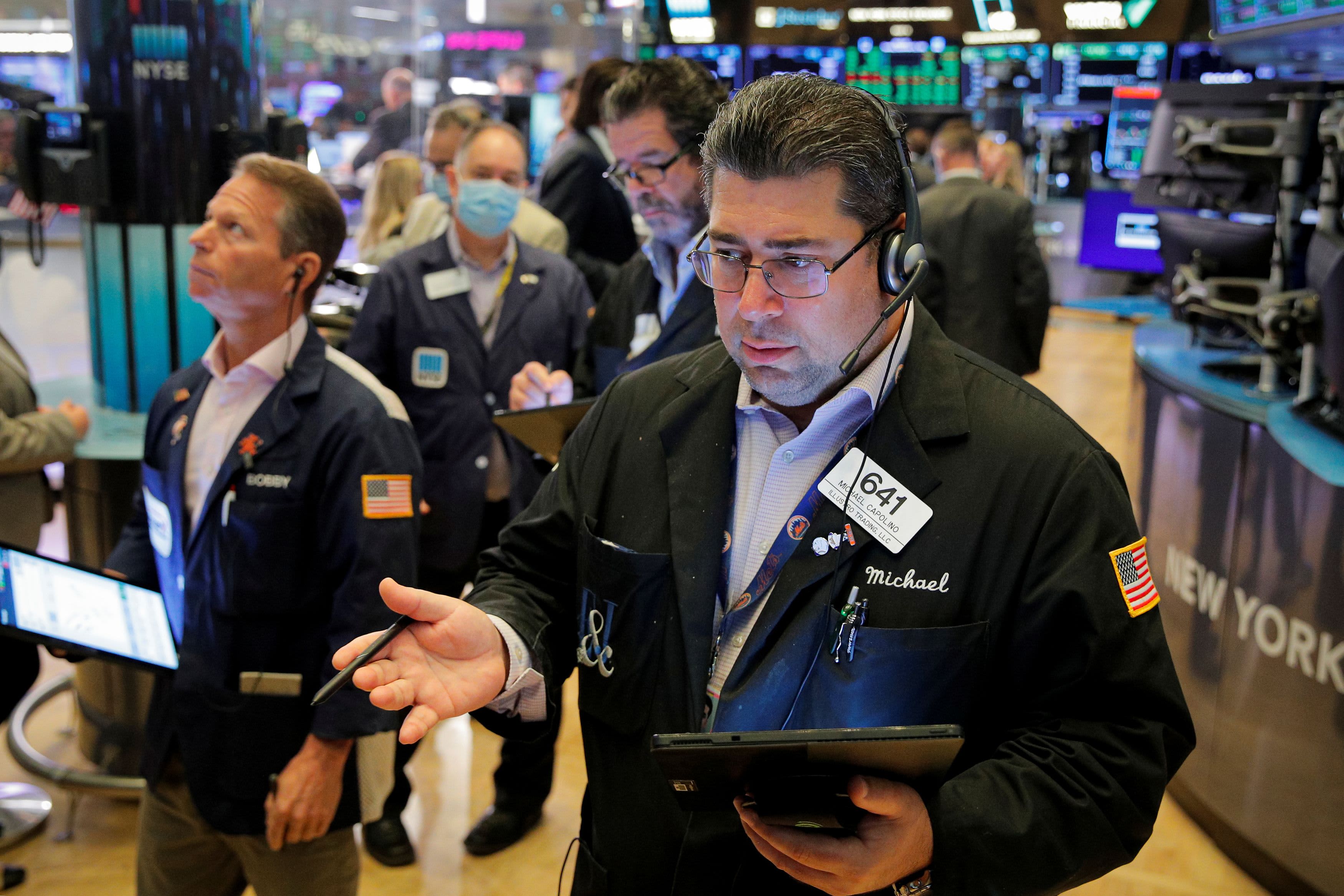Dow futures rise 100 points as travel stocks get boost following omicron sell-off

Dow futures rose in early trading Thursday despite the arrival of the latest Covid variant on U.S. shores and as the White House tightened travel restrictions.
Futures contracts tied to the Dow Jones Industrial Average gained about 200 points. S&P 500 futures rose 0.1% and Nasdaq 100 futures dipped 0.4%.
The Biden administration reacted to the news that an omicron case had been reported in California by asking businesses to proceed with vaccination requirements, even though the administration’s mandate was halted in courts pending review. The White House also tightened travel rules, requiring inbound passengers to be tested within 24 hours prior to departure.
Airline, casino and energy stocks led the gainers in premarket trading on Thursday, rebounding from Wednesday’s sell-off.
Dow component Boeing’s shares jumped 3.6% after China cleared the 737 Max to return to fly. Cruise line Royal Caribbean was up 3.6% while MGM Resorts International moved 2.7% higher.
Investors continue to watch for developments on the new omicron Covid-19 variant, with uncertainty around its rate of transmissibility and fears that it could evade vaccines. Market participants are also preoccupied by the possibility of the Federal Reserve tapering its asset purchasing program at a faster-than-expected pace.
Fed Chair Jerome Powell told U.S. House members on Wednesday that the “economy is very strong and inflationary pressures are higher, and it is therefore appropriate in my view to consider wrapping up the taper of our asset purchases, which we actually announced at the November meeting, perhaps a few months sooner.”
“We remain cautious on S&P 500 amid a hawkish Fed tightening into an overvalued market,” said Savita Subramanian, Bank of America Securities head of U.S. equity & quantitative strategy.
Still, Bank of America noted that December has historically been the strongest month for the S&P 500, with the average gaining 2.3% on average since 1936 and positive 79% of the time. However, December has not always been immune to sell-offs, Subramanian added.
“Another risk is an inflation-led consumption hit, especially as fiscal/monetary stimulus run out. Fed Chair Powell’s comments on accelerated tapering and retiring the word ‘transitory’ indicate that the Fed’s focus is now inflation rather than employment,” added Subramanian.
During regular trading on Wednesday, stocks posted strong gains earlier in the session, but fell on news that the first omicron case had been reported in California. The Dow fell about 460 points, after the 30-stock benchmark had advanced 521 points. The S&P dipped 1.18%, giving back an earlier gain of about 1.9%. The Nasdaq Composite slid 1.83%, after earlier trading 1.8% higher.
Wednesday’s whipsaw continues a highly volatile streak for stocks as the market digests what the new variant means.
“We’ve seen this movie before and Wall Street will likely remain COVID-variant headline driven until a clear assessment over this wave can be made,” said Ed Moya, senior market analyst at Oanda. “The next couple of weeks will likely see risk appetite take a cue from incremental Omicron updates, supply chain issues, and every inflation reading,” he added.
On the data front, initial jobless claims totaled 222,000 for the week ended Nov. 27. Economists were expecting a print of 240,000, according to estimates from Dow Jones. The prior reading showed 199,000 first-time filers, which was the lowest since November 1969.
The November jobs report will be released on Friday.




